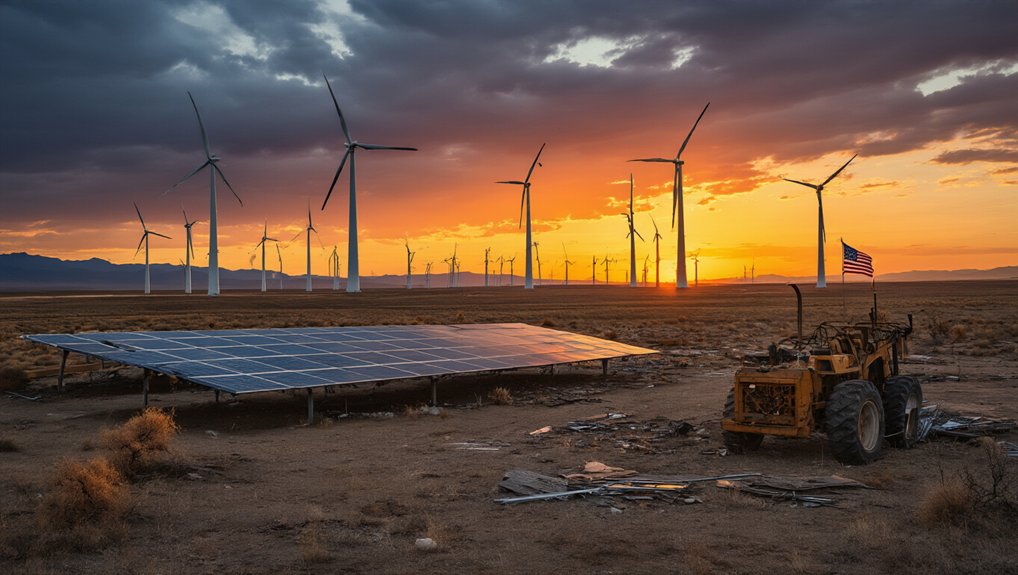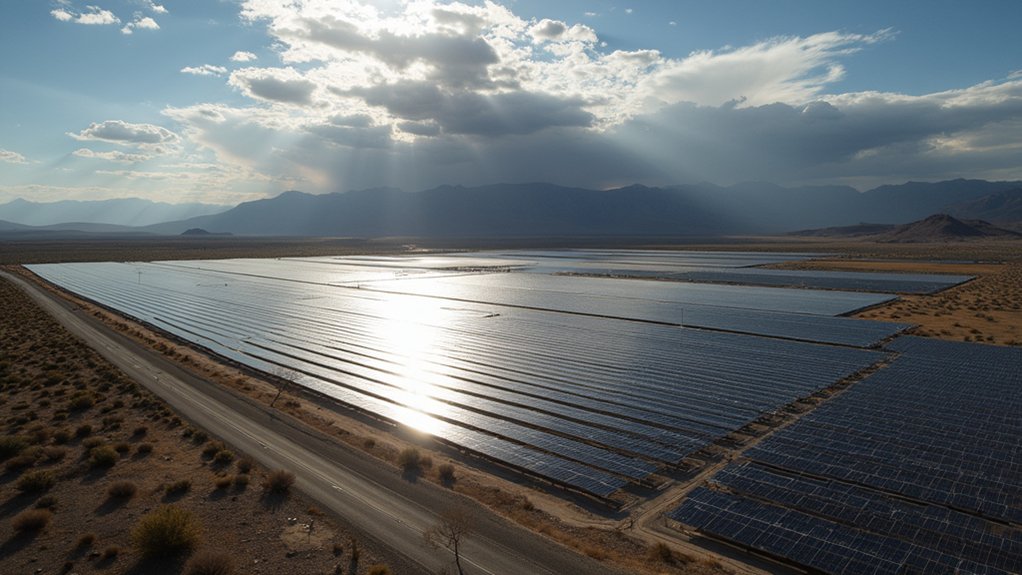While the government typically excels at making taxes complicated, renewable energy tax credits have actually helped countless Americans go green. Since 1978, these incentives have evolved from modest 10% credits to the robust Investment Tax Credit (ITC) we recognize today. Not too shabby for Washington.
The solar boom didn’t happen by accident. When the 2005 ITC launched with that sweet 30% credit for solar installations, Americans started taking notice. Sure, it was initially capped at $2,000—barely enough to cover a decent system—but Congress eventually got smart and lifted that cap in 2008. The market responded. Big time.
Solar tax credits didn’t just encourage green energy—they revolutionized an industry when Congress finally removed the training wheels.
These credits haven’t exactly been stable though. They’ve bounced between administrations like a political ping-pong ball, with expiration dates that keep getting pushed back. Presidents Bush and Obama both extended them. Why? Because they work.
Here’s the deal: solar industry jobs exploded from 20,000 in 2006 to nearly 250,000 today. California alone hosts about 75,000 solar workers. That’s real economic impact, not just environmental feel-goodery.
But let’s be real—these credits aren’t perfect. You need taxable income to claim them, so tough luck if you’re barely making ends meet. Renters? Sorry, not invited to this green party. The system definitely favors homeowners with cash to spare.
The whole environment is changing soon anyway. By the end of 2024, we’ll see a shift from technology-specific credits to “technology-neutral” incentives. Translation: solar and wind will have to compete with other clean energy options for tax breaks.
By 2025, solar and wind power generation is expected to surpass coal globally, demonstrating the tremendous impact of these policy incentives.
Over $18 billion in federal credits have been awarded for residential renewables since 2006. That’s serious money that’s helped drive down solar costs for everyone. The good news is that if you can’t use your entire credit in one year, the unused tax credits can be carried forward to future tax years. The Inflation Reduction Act of 2022 provided much-needed stability by extending the full 30% credit through 2032. Love ’em or hate ’em, these tax credits have transformed America’s energy environment. Period. And the market notices every time Congress threatens to pull the plug.
References
- https://nccleantech.ncsu.edu/2024/11/19/the-past-present-and-future-of-federal-tax-credits-for-renewable-energy/
- https://www.allterrasolar.com/brief-history-of-the-solar-investment-tax-credit-itc/
- https://www.greenlancer.com/post/solar-energy-tax-credit-2025
- https://www.journals.uchicago.edu/doi/full/10.1086/685597
- https://www.energystar.gov/about/federal_tax_credits/federal_tax_credit_archives








